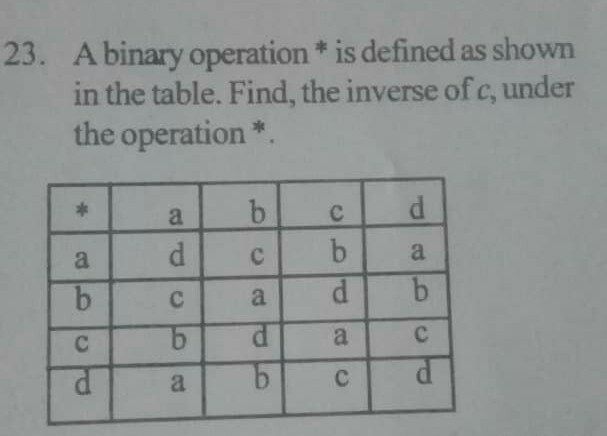
AllQuestion and Answers: Page 1633
Question Number 45830 Answers: 0 Comments: 1
Question Number 45829 Answers: 0 Comments: 2
Question Number 45814 Answers: 0 Comments: 0
Question Number 45812 Answers: 0 Comments: 0
Question Number 45811 Answers: 1 Comments: 0
$$\left(\mathrm{18}+\mathrm{5x}\right)×\mathrm{3}=\mathrm{309} \\ $$
Question Number 45836 Answers: 0 Comments: 3
Question Number 45809 Answers: 2 Comments: 2

Question Number 45827 Answers: 1 Comments: 1

Question Number 45802 Answers: 0 Comments: 1
Question Number 45795 Answers: 1 Comments: 0
$${find}\:\int\:\frac{{dx}}{{cosx}\:{sin}^{\mathrm{2}} {x}} \\ $$
Question Number 45794 Answers: 1 Comments: 0

Question Number 45792 Answers: 2 Comments: 3
Question Number 45804 Answers: 0 Comments: 0

Question Number 45806 Answers: 0 Comments: 0

Question Number 45781 Answers: 1 Comments: 0
Question Number 45776 Answers: 1 Comments: 1
Question Number 45777 Answers: 0 Comments: 1
Question Number 45774 Answers: 0 Comments: 0
Question Number 45771 Answers: 1 Comments: 0
Question Number 45785 Answers: 1 Comments: 0

Question Number 45748 Answers: 0 Comments: 1

Question Number 45747 Answers: 1 Comments: 0

Question Number 45746 Answers: 0 Comments: 1

Question Number 45783 Answers: 0 Comments: 1
$${sec}\frac{\pi}{\mathrm{7}}=\frac{\mathrm{48}−\sqrt{\mathrm{3}{a}}}{\mathrm{36}} \\ $$
Question Number 45735 Answers: 2 Comments: 1
Question Number 45730 Answers: 2 Comments: 3

Pg 1628 Pg 1629 Pg 1630 Pg 1631 Pg 1632 Pg 1633 Pg 1634 Pg 1635 Pg 1636 Pg 1637
